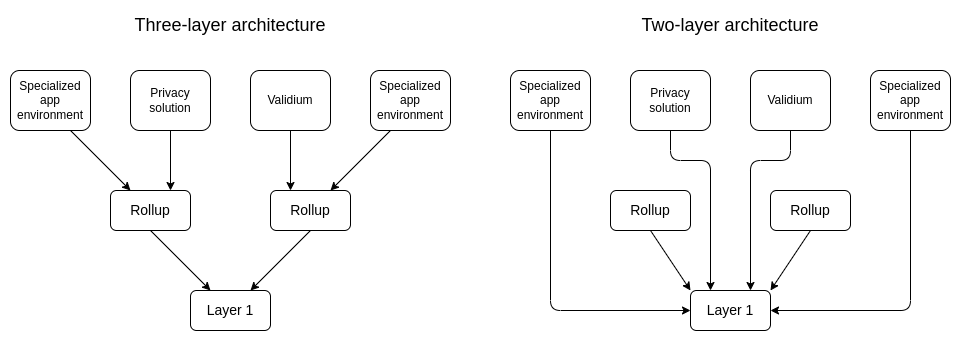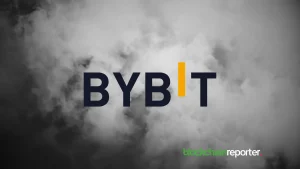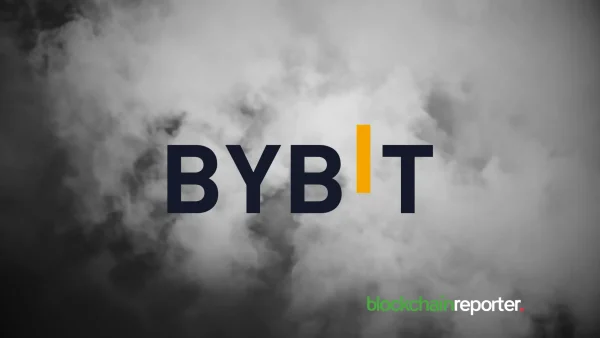
After the successful accomplishment of the Merge upgrade, Ethereum Founder – Vitalik Buterin – elaborated on layer 3 on his official website “vitalik.ca”. He developed a general understanding of the blockchain layers in detail. The main focus of the whole discussion of Buterin was on the scalability, functionality, as well as security of a blockchain while touching on the blockchain layers.
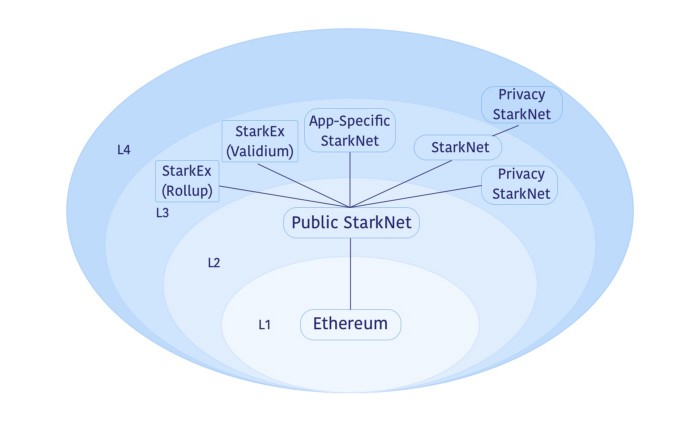
He noted that the topic of layer 3 is frequently discussed in talks related to layer 2 scaling. He mentioned that the addition of layer 2 is usually done to improve the security as well as the scalability of layer 1. Similarly, he added, the integration of a layer 3 protocol can enhance the above-mentioned characteristics to a further extent. He referred to the old ideas for scalability boost, categorizing them to be difficult in terms of implementation, their limited functionality, as well as their dependence on layer 1 bandwidth to have emergency withdrawals.
Ethereum Co-Founder Presents New L3 Models and Their Significance
He proposed that the latest ideas dealing with layer 3 have more precision. As per him, these concepts do not just put 2nd and 3rd layers on each other’s top but rather assign diverse purposes to each of them. He emphasized that this approach may have certain elements that might be fruitful if carried out properly.
Buterin then moved on to describe the layer 3 version of Starkware (a group of cryptographers). According to him the respective version of layer 3 would be considered sophisticated. In this respect, he described three models for L3s. In the first one, the function of the L2 was scaling while L3 was focused on the customization of the functionality. He specified that this model does not provide scalability however the stack’s one layers assists apps to scale as well as dissect the layers for customized operational requirements of diverse use cases.
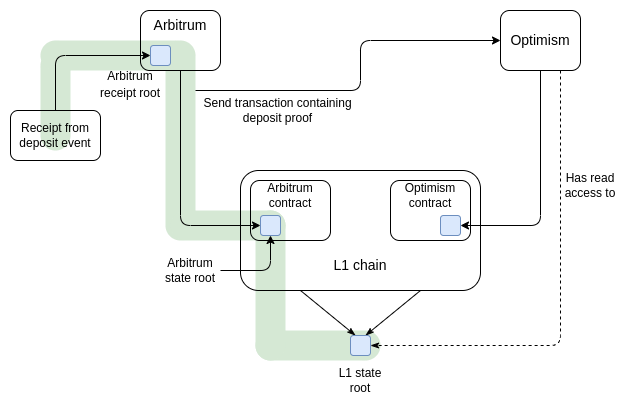
In the 2nd model, L2’s function was scaling for general purposes whereas the customized scaling was the responsibility of L3. He explained that customized scaling has diverse types. One of them is the utilization of specialized applications utilizing something else in the place of the EVM for computation. The other scaling type included rollups the data compression of which is boosted through the data formats in the case of particular applications, taking into account a distinction between proofs and data.
The 3rd model of customized scaling specified L2 for trustless scaling and L3 to do weekly trusted scaling. He disclosed that, in this way, layer 2 focuses on rollups while layer 3 contains validiums. In his words, Validiums are known as the systems utilizing SNARKs for the verification of computation, however, make a trusted 3rd party responsible for data availability. He pointed toward the cost-effectiveness of Validiums, even though they have a minimized level of security.
3-Layered Model Is Cost-Effective, Says Buterin
He moved on to say that the entirety of the respective visions is acceptable to him. He preferred the three-layered model of blockchain over that of the two-layer-based by emphasizing that the former permits a whole ecosystem to operate in one rollup, with an ability to do cross-domain activities across the ecosystem in an economic way with no requirement to afford the costly layer 1.
